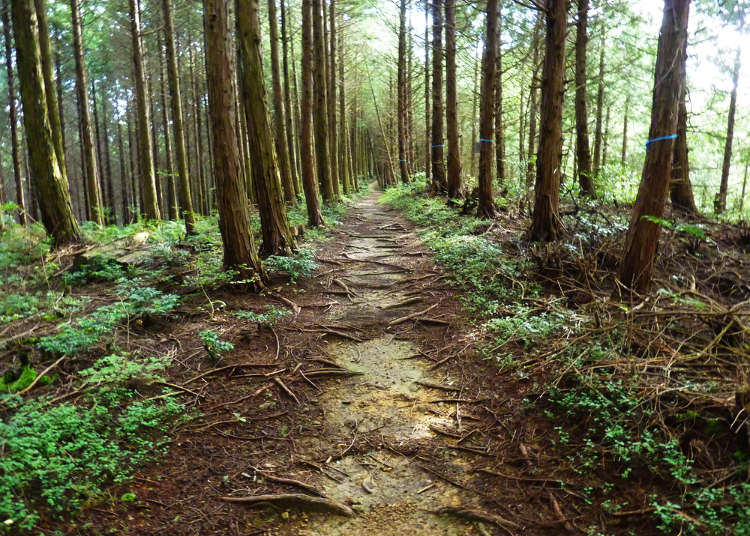
Unique places where you can truly experience a sense of Japan's history, are historical sites where shrines and temples once stood.
What are Shaji-ato and Kyu-keidai?
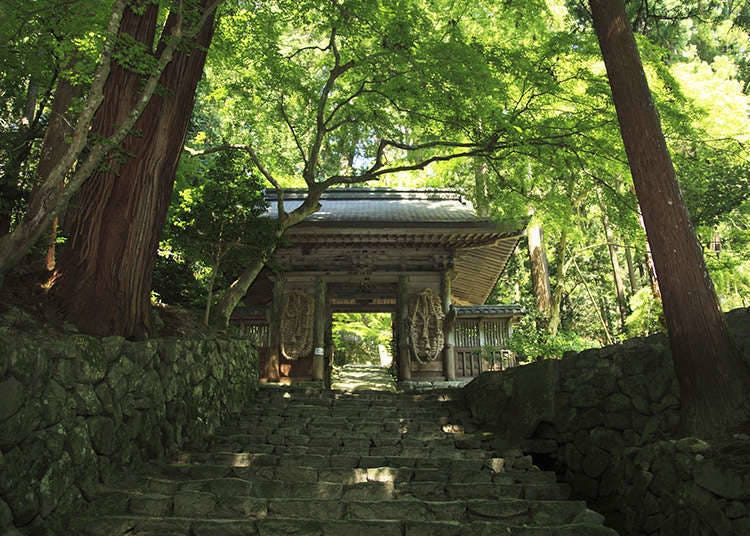
Shaji can mean shrine as well as temples. Keidai refers to the site that is under a shrine's or temple's administration. The remains of these buildings are called historical sites of shrines and temples (shaji-ato), and the place where temples used to exist are called the former precinct (kyu-keidai).
Ruined By Man-made Disasters
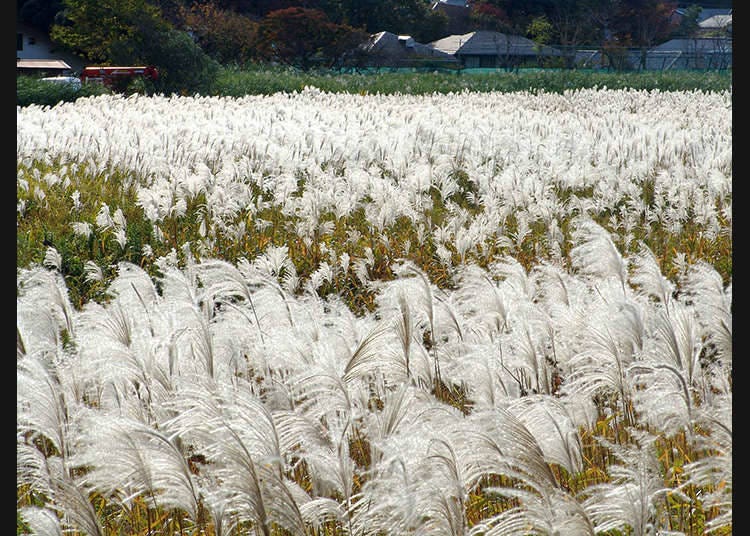
One of the reasons why shrines and temples fell to ruin are accidents. In many cases, the buildings were burned down by fire. Yofuku-ji Temple in Kamakura City in Kanagawa is now a field covered with Japanese silver grass.
Ruined By Policies
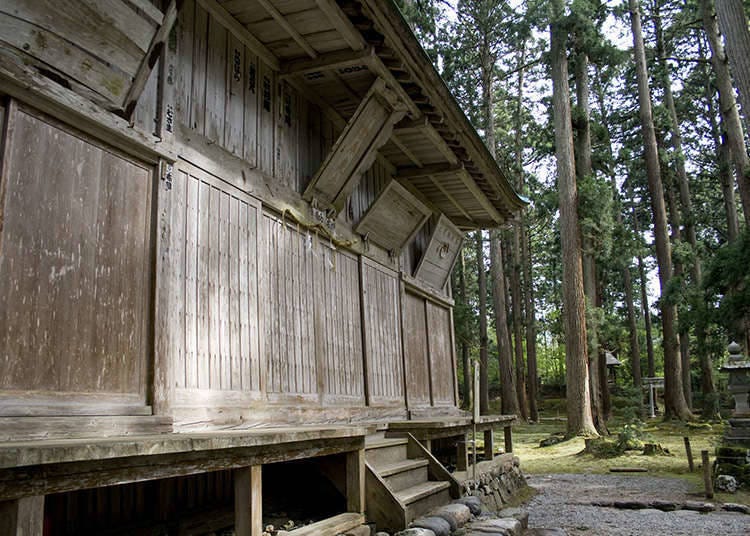
Many temples and shrines were destroyed as a result of an anti-Buddhist policy called haibutsu-kishaku that was adopted by the government as a part of its modernization push. The government's aim was to drive out Buddhism, which originally had come from abroad, and to adopt Shinto as the national religion. People were also deprived of property and status relating to Buddhism.
Ruined By Uprisings
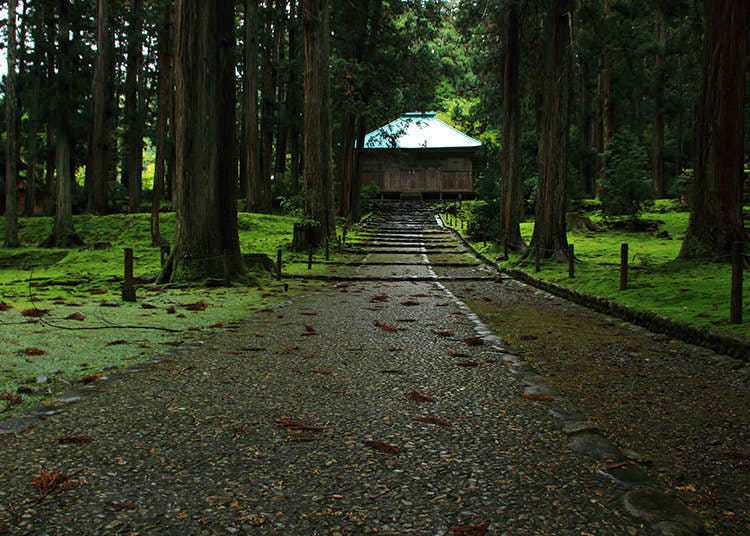
During the centuries, many buildings were destroyed in the wake of uprisings against those in power. In the Warring States period, a Buddhist sect called Ikko-ikki rose up against the feudal lords and it is believed that many a religious building fell victim to these riots.
The Significance of These Historical Sites
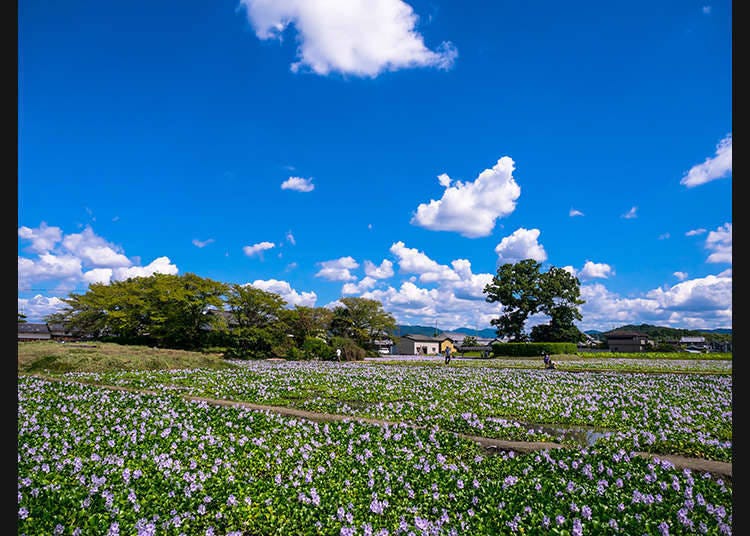
Sometimes, a blossoming field or a skyscraper-littered corner of a business district was once the site of a shrine or temple. With the proper background knowledge, the flow of time can be experienced very vividly at these former shrine and temple grounds!
- Category
*Prices and options mentioned are subject to change.
*Unless stated otherwise, all prices include tax.
Popular Tours & Activitiess
Recommended places for you
-

ISHIDAYA Hanare
Yakiniku
Kobe, Sannomiya, Kitano
-

Kanzenkoshitsuyakinikutabehodai Gyugyu Paradise Sannomiya
Yakiniku
Kobe, Sannomiya, Kitano
-
Appealing

Rukku and Uohei
Izakaya
Sapporo / Chitose
-

Kambei Sannomiyahonten
Yakiniku
Kobe, Sannomiya, Kitano
-
Goods
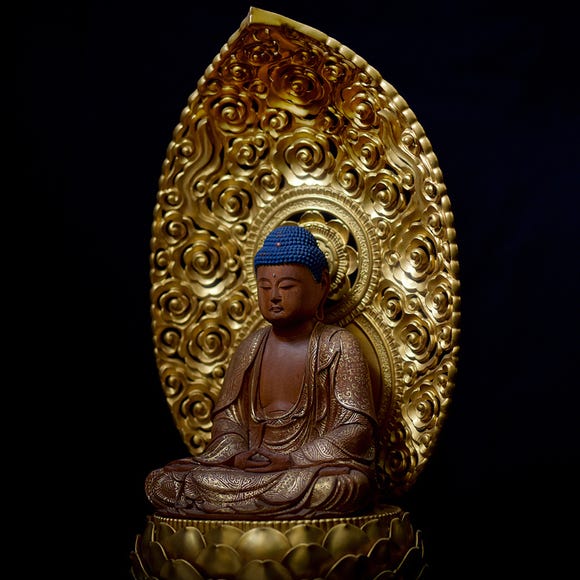
Yoshida Gennojo-Roho Kyoto Buddhist Altars
Gift Shops
Nijo Castle, Kyoto Imperial Palace
-

Jukuseiniku-to Namamottsuarera Nikubaru Italian Nikutaria Sannomiya
Izakaya
Kobe, Sannomiya, Kitano
-

2025 Japan Autumn Color Report: Tokyo's Ginkgo Trees Starting to Glow
by: Timothy Sullivan
-

Get Ready to Catch 'Em All! First Ever Permanent Outdoor Pokémon Park Opening Near Tokyo!
-

LaLaport TOKYO-BAY North Building Now Open: Shop, Dine & Enjoy Events at LaLa arena, Just 2 Stops from Disney
by: Wemmy Chau
-

Black Friday 2025: These Are THE Japan Travel & Shopping Deals to Check Out
-

2025 Autumn Colors Report: Kurobe Gorge Nearing Peak
by: Timothy Sullivan
-

Don't Miss Out! The One Thing You Must Do Before Shopping at Mitsui Shopping Park LaLaport: Get Your Max 10% OFF Coupon Book
-

5 Popular Things to do in Umeda - Osaka's Central Area!
by: WESTPLAN
-

Akita Bucket List: 20 Best Things to Do in Akita Prefecture For Tourists (Attractions, Local Foods & Activities)
-

Kamaishi Japan: Kamaishi Unosumai Recovery Stadium and Sightseeing Spots in Japan’s Rugby Town
-

Visiting Tsutenkaku Tower: Osaka's Retro Icon in the Heart of Shinsekai
by: Guest Contributor
-

Racing Across Japan in the Joetsu Shinkansen: From Tokyo to Niigata's Sake Country In Style
-

38 Best Things to Do in Sendai & Miyagi: Sightseeing, Food, Shopping & Souvenirs
by: Guest Contributor
- #best sushi japan
- #what to do in odaiba
- #what to bring to japan
- #new years in tokyo
- #best ramen japan
- #what to buy in ameyoko
- #japanese nail trends
- #things to do japan
- #onsen tattoo friendly tokyo
- #daiso
- #best coffee japan
- #best japanese soft drinks
- #best yakiniku japan
- #japanese fashion culture
- #japanese convenience store snacks












